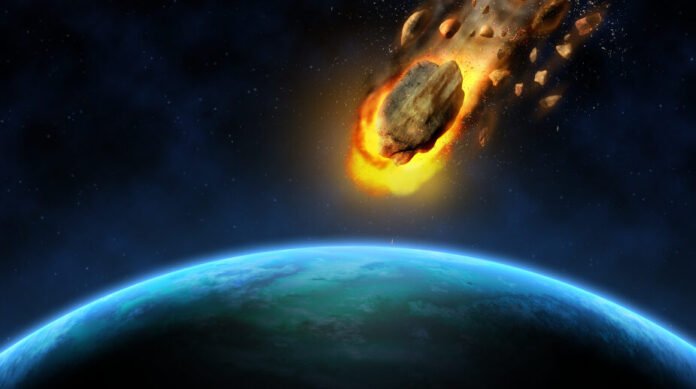Astronomers are tracking Asteroid 2024 YR4, which could strike Earth in 2032—but how deadly is it?
A newly discovered asteroid is raising alarm among scientists, with fears it could collide with Earth in 2032. The space rock, named Asteroid 2024 YR4, was first spotted in December 2024 by the ATLAS early warning system in Chile. Since then, observatories worldwide have scrambled to track its movements, trying to determine if the planet is truly in danger.
At present, the asteroid is 14 million kilometres away—a vast distance by human standards but relatively close in astronomical terms. Its size remains uncertain, with estimates placing it between 40 and 90 metres in diameter. If it hits, the impact could range from a powerful explosion in the atmosphere to a devastating regional catastrophe, depending on its exact size and speed.
The LAST sky survey at the Weizmann Institute of Science in Israel is among the teams monitoring the asteroid. Their Neot Smadar observatory in the Arava Desert recently captured images of 2024 YR4, helping refine its predicted path. However, despite growing concern, experts stress that further observations are crucial to confirm whether Earth is truly in danger—or if this will be yet another close call.
Embed from Getty ImagesWhat Happens If It Hits?
While not on the scale of the dinosaur-killing asteroid, a 90-metre object could cause immense destruction if it strikes a populated area. In 2013, a much smaller Chelyabinsk meteor, just 20 metres wide, exploded over Russia, shattering windows and injuring 1,500 people. A direct hit from something four times that size could result in thousands of deaths and widespread devastation.
If the asteroid explodes mid-air, the shockwave could flatten buildings across a large radius. If it impacts land, it could carve out a massive crater and unleash firestorms. An ocean impact would cause tsunamis capable of swallowing coastal cities.
Scientists on High Alert
Astronomers worldwide are working to refine 2024 YR4’s trajectory. The risk of impact remains low for now, but history has shown that orbital predictions can change with time. Minor shifts due to gravitational influences could alter the asteroid’s path enough to bring it dangerously close to Earth.
Governments and space agencies, including NASA and ESA, are keeping a close eye on developments. If the asteroid poses a confirmed threat, potential solutions range from deflection missions to emergency evacuation plans. However, with less than eight years until 2032, time is already running short.
For now, all eyes remain fixed on the sky—waiting for the next crucial update that could determine Earth’s fate.
